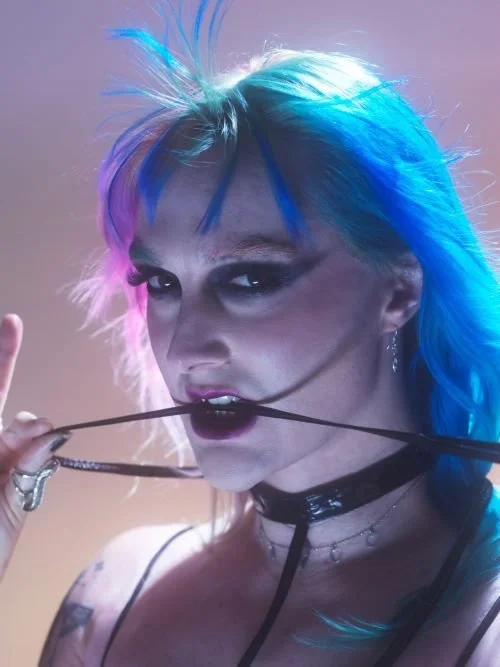David Gavurin met Harriet Wheeler at Bristol University and soon became intertwined. He was reading Romantic Languages; she, English Literature. So, if The Sundays were an archetypal ‘student band’ that’s because they were, indeed, archetypal students.
The Sundays’ rise was remarkably rapid. The foursome formed in 1988 and just a month after their first gig they’d debuted at Camden indie sanctuary The Falcon to sky-high praise.
Melody Maker’s reviewer Chris Roberts described the band as “the best thing I’ve ever heard”, and comparisons to the Cocteau Twins, Smiths and Sugarcubes were duly made. Before you could shout “black cardigans!”, a label bidding war for The Sundays was raging.
The thing is, The Sundays didn’t really have enough songs for an album at this point. In one of their extremely rare public utterances, a Melody Maker interview to promote the release of Reading, Writing And Arithmetic… in January 1990, they explained how they were almost devoid of ambition beyond the noise they made.
Gavurin concurred that although they liked playing live, writing songs was, in reality, their only goal. “If we hadn’t been so bloody lucky enough with getting all those reviews right at the start, I could imagine a situation where we wouldn’t have stuck at this for bloody ages.”
“Bloody ages?” They were just 18 months old as a band. Wheeler notably said there was “never a time I wanted to be incredibly famous or in a pop group” although she did confess to pretending to be Michael Jackson as a girl: “which took quite a leap of faith.”
After that London debut (the band had moved to the capital), The Sundays were destined for an indie big-hitter: 4AD, home of the Cocteau Twins, or Rough Trade, previous home of The Smiths. Naturally. 4AD were in pole-position until owner Ivo Watts-Russell foolishly asked Gavurin and Wheeler to think carefully about which label to sign with. They bluntly answered: Rough Trade.
In Neil Taylor’s 2010 book, An Intimate History Of Rough Trade, Gavurin argued – possibly joked – that The Sundays chose to sign to Rough Trade because “it was near our flat.” When the band first met RT’s co-directors Geoff Travis and Jeannette Lee, who had only joined the company in 1987, immediate impressions were positive.
Lee had previously been a member of John Lydon’s Public Image Ltd, was married to Gareth Sager of The Pop Group, and had a solid knowledge of Rough Trade’s post-punk modus operandi. In the book, Gavurin is quoted as saying: “What appealed to us about the two of them was that they seemed incredibly straightforward… For us, Rough Trade was this immensely cool and significant label, yet there was no arrogance about them. They basically came over as a couple of unassuming music fans.”
“The Sundays were very particular about making decisions,” Jeannette Lee tells Classic Pop. “They wanted to talk in great detail about everything before they decided who to sign for – what the singles would be, the artwork… Maybe what Ivo Watts-Russell asked them was 4AD’s downfall. After that, I made a mental note never to use that tactic when trying to sign a band!”
Perhaps tellingly, The Sundays chose previous Smiths sleeve designer Jo Slee and decided their own touring schedule. Debut single Can’t Be Sure, backed with I Kicked A Boy, was released in January 1989 and – as was in “the indie rules” of the day – the BBC’s John Peel was an early champion. The single only peaked at No.45 in the UK chart, but that was a pretty good result for a label such as Rough Trade.
Still, The Sundays were happy at the record label. “The culture seemed to be one of openness and co-operation,” continued Gavurin in Taylor’s book, “and we got on well with everyone there. We used to walk down Caledonia Road, and it became a sort of home-from-home.”
Lee remembers it as simply fun.
“They knew what they were doing was good. But they were very careful not to seem smug or overly confident. They’re both self-deprecating and you can hear that in the words. They’re both the funniest people, and we had such a laugh making that record. Obviously, they are a couple but they’re a very good working couple as well. A very solid double act.”




















































